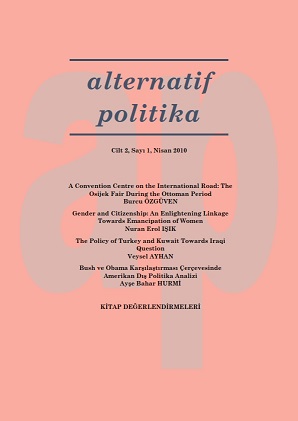Uluslararasi Güzergah Üzerinde Bir Ticari Merkez: Osmanli Döneminde Ösek Panayiri
A Convention Centre on the International Road: The Osijek Fair During the Ottoman Period
Author(s): Burcu ÖzgüvenSubject(s): Economic history, Social history, International relations/trade, The Ottoman Empire
Published by: Rasim Özgür DÖNMEZ
Keywords: Ottoman trade; Trade routes; Balkan fairs; Osijek; Fairground; Geometrical street pattern,
Summary/Abstract: In the Ottoman Empire the quality of the commercial activity was shaped due to the size of the market area. There existed various building types among the commercial structures, such as „bedesten‟, „arasta‟, „han‟, „kapan‟ etc, as well as periodic large fair areas where international merchants convened once or twice a year. In the early modern period, Balkan fairs became central places on the major arteries from the East towards the West. The fair organization and protection were maintained by the local charitable waqf foundation and local officials. The waqf was responsible for the tax collection and the organization of the fairground. As an example among the Balkan fairs, Osijek Fair was identified with the shops, stables, carts and the guarding troops, where each function was allotted to separate areas. Illustrations display that inner streets of the Osijek Fair were designed according to the geometric pattern, where items were organized and controlled in a rational order. The coach also appears as a crucial transportation vehicle of the early-modern trade. The geometric street pattern and rational distribution of the building lots can also be compared with contemporary fairs in Italy.
Journal: Alternatif Politika
- Issue Year: 2/2010
- Issue No: 1
- Page Range: 1-17
- Page Count: 17
- Language: English

